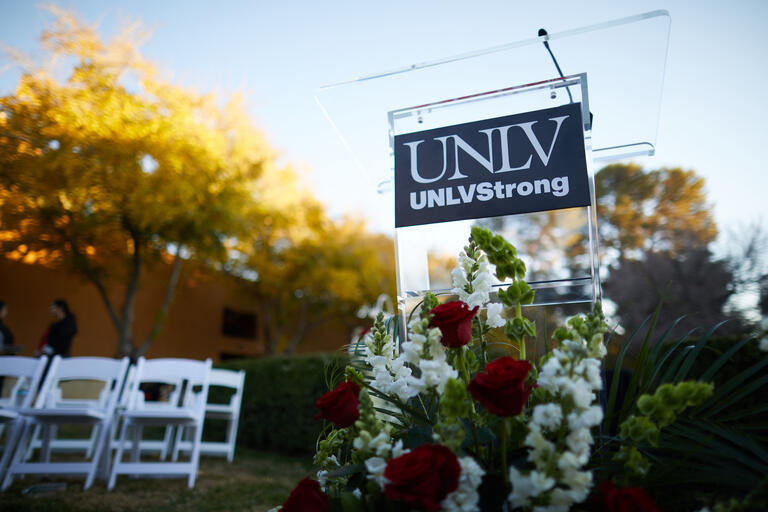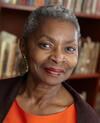
Oral History Research Center News
Current Oral History Research Center News

The rosiest headlines and highlights featuring the students and faculty of UNLV.

UNLV Special Collections workshop helps families collect oral histories, memorabilia, and records to pass down through the generations.

University Libraries adds first-person accounts to the historical record of the Dec. 6 campus shooting.

News highlights starring UNLV students and faculty who made local and national headlines.

The center's newest project will chronicle the extensive and rich history of sports in Las Vegas.

A collection of news stories and highlights featuring UNLV students and faculty.
Oral History Research Center In The News
Prominent Black leaders like Woodrow Wilson (not the U.S. president) had to fight tooth and nail to have access to the legislative process. Wilson was Nevada’s first Black legislator who moved to Las Vegas in 1966, at the height of segregation, according to an oral history from the University of Nevada, Las Vegas.

As Las Vegas continues to grapple with food insecurity, one area non-profit is hoping to tackle the issues and provide residents in food deserts with fresh produce.

Oral History Research Center Director Claytee White shares stories people have told her over the years about Las Vegas and explains the importance of recording these memories for historical record.

Charles Kellar was a middle-aged New York attorney with a family, an established law practice and a portfolio of investment properties. But when Thurgood Marshall, then the head of the NAACP’s legal division, asked him to go to Nevada, he went, according to Claytee White, director of the Oral History Research Center at UNLV.

When Nevada Assemblyman Woodrow Wilson went into a Carson City bar where fellow legislators “did their politicking” in the 1960s, they told the owner they wouldn’t continue patronizing the bar if Wilson, who was Black, was there. The bar owner told Wilson about the incident, and he learned the legislators were the same ones who had tried to buy him drinks and make him feel welcome.

UNLV'S Oral History Research Center is embarking on a project tracking the history of sports in Las Vegas. "It's kind of hard not to think about sports when you think about Las Vegas right now," said Oral History Research Center Project Manager Stefani Evans.
Oral History Research Center Experts
